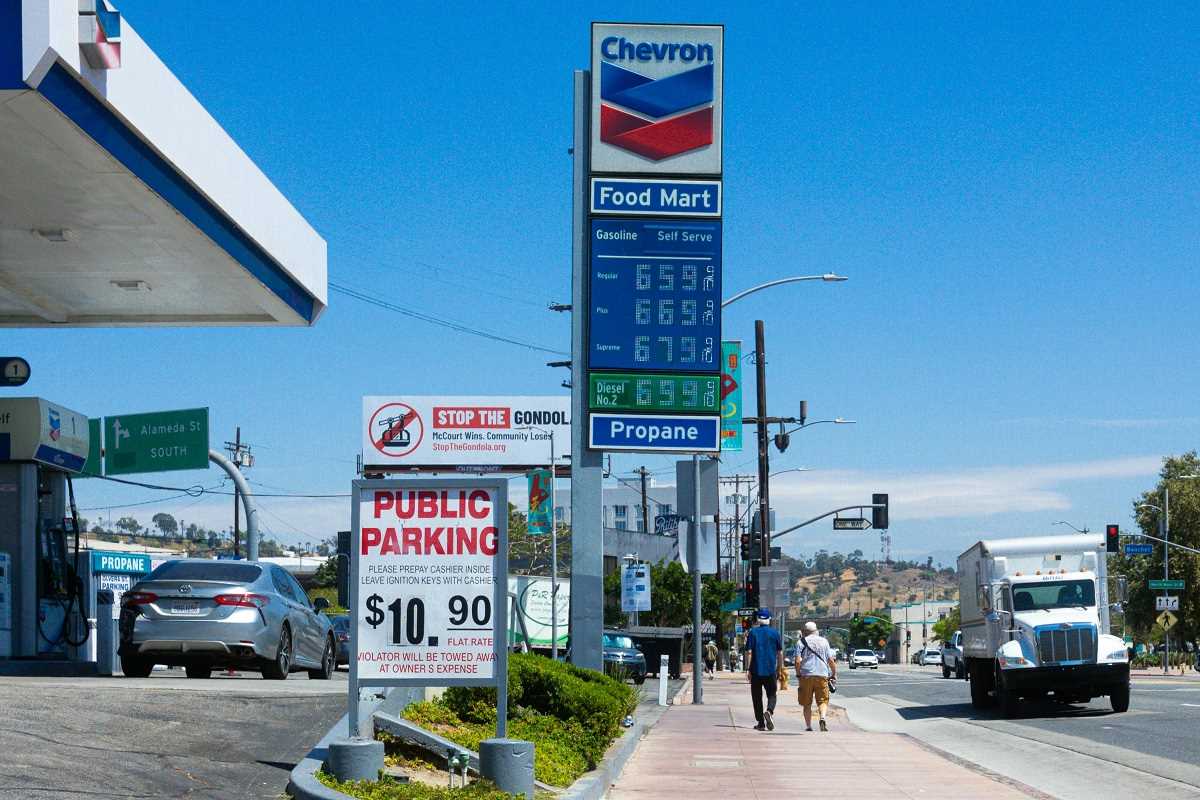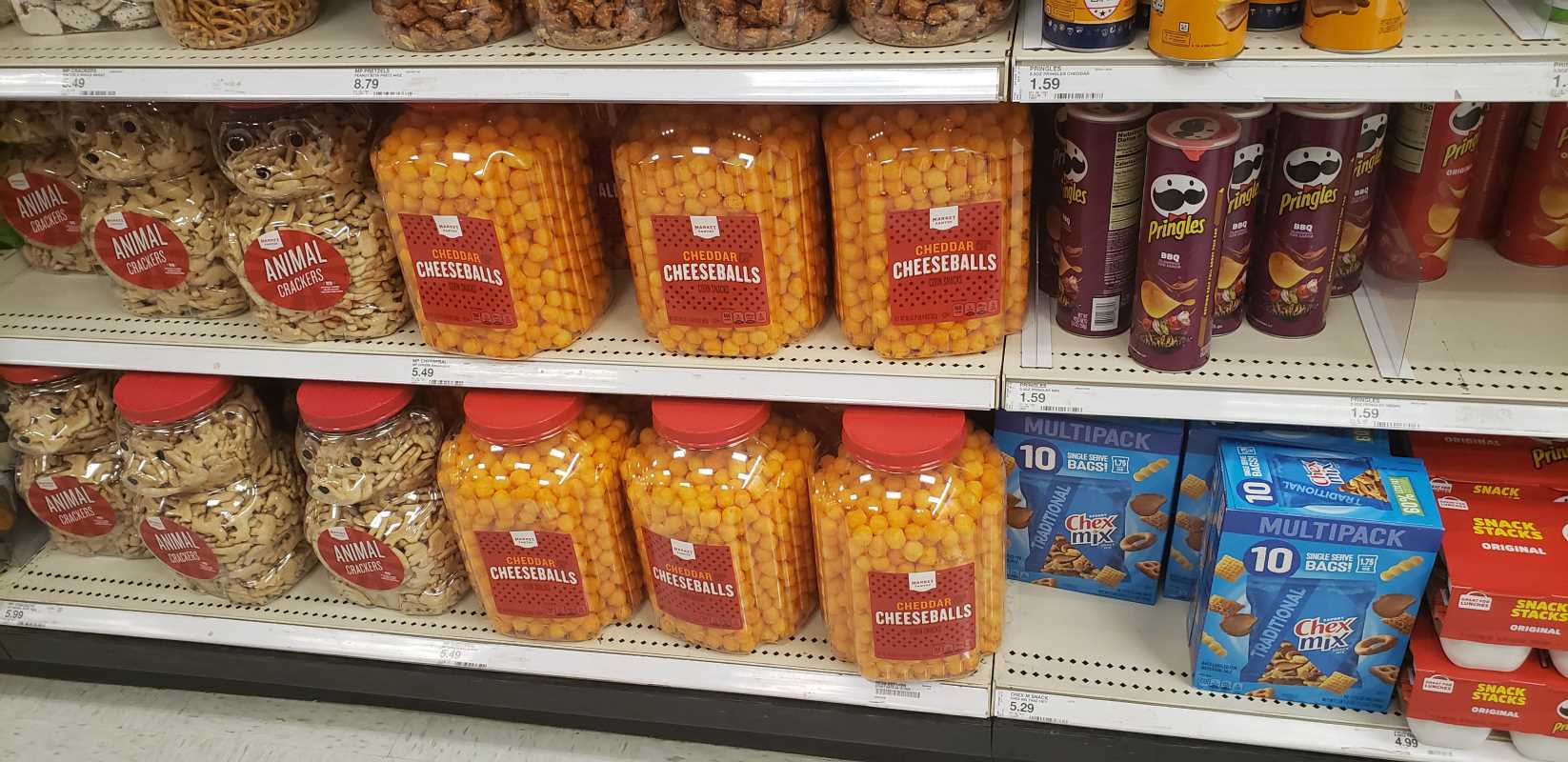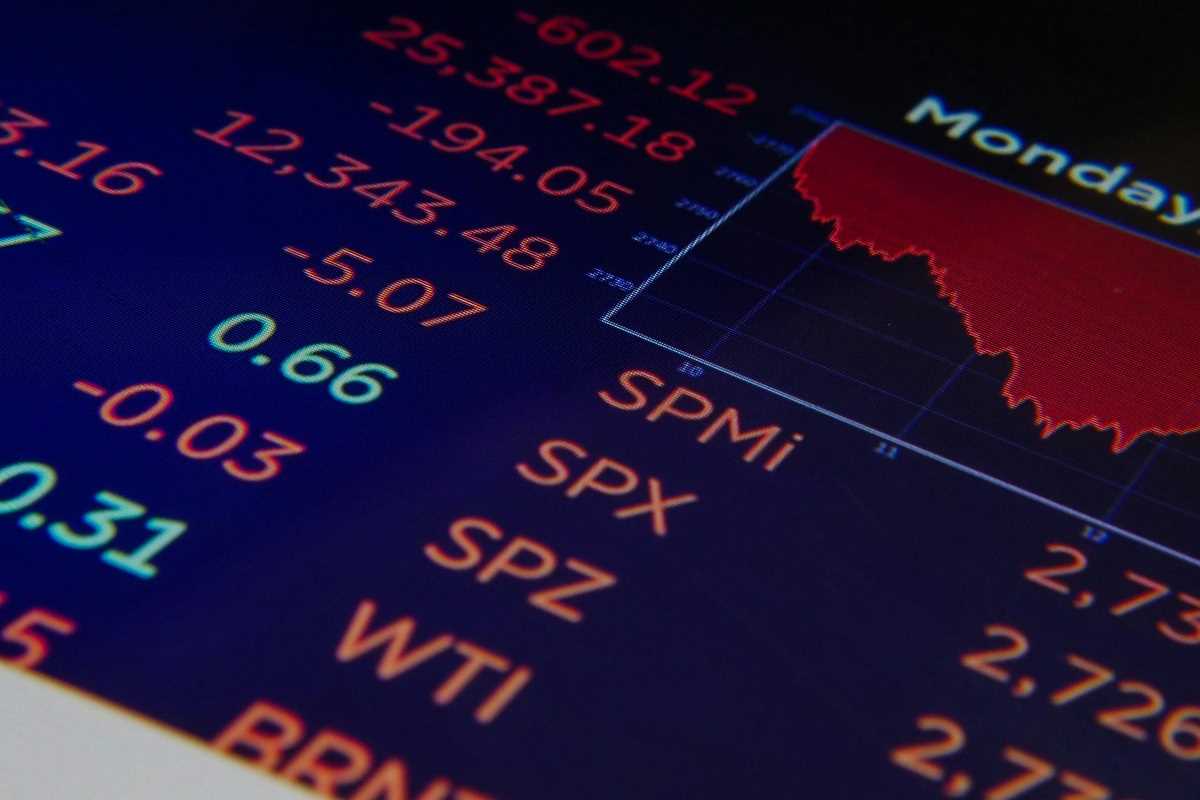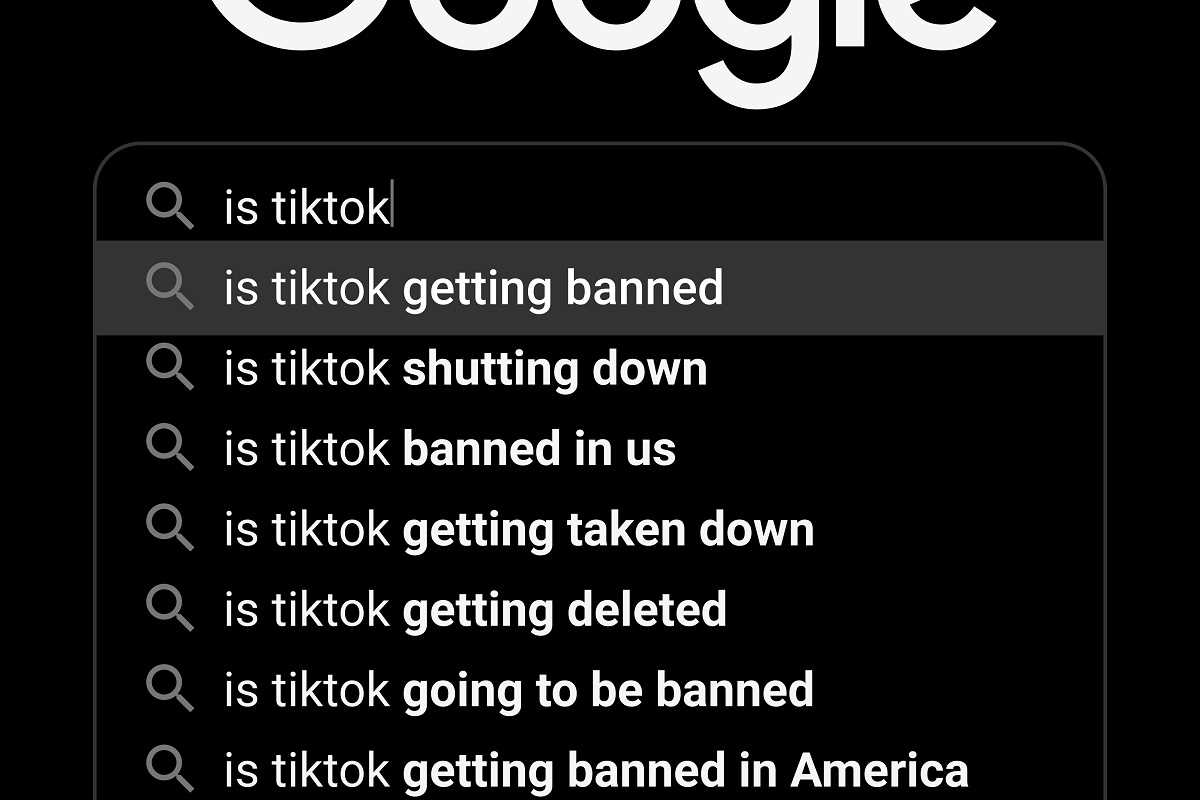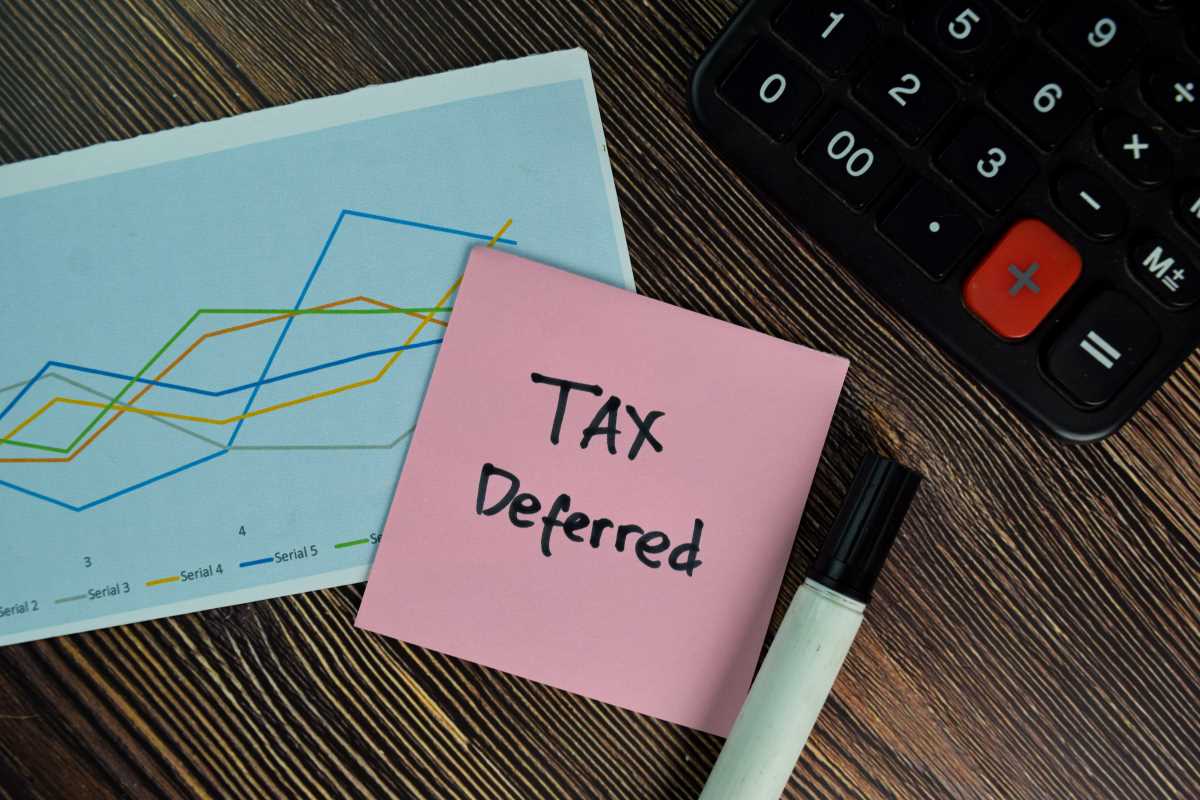Gas prices are something everyone notices—whether you drive a car, take a bus, or rely on shipped goods. A small change in the price per gallon can make a big difference to your wallet and the economy as a whole. But what causes gas prices to change, and should we expect them to go up in the next few years? To understand the answer, we need to look at the major factors that influence gas prices, who controls these prices, and how they might shape the future.
1. Supply and Demand
One of the biggest factors driving gas prices is supply and demand. This basic principle of economics applies to almost everything, including gasoline.
- Supply: This refers to how much oil is available to make gas. When oil production is high, there's an abundance of supply, which typically keeps prices lower. But when oil supply is disrupted—such as in the event of natural disasters or cuts in production—prices tend to go up.
- Demand: On the other hand, demand refers to how much gas people need. During summer months in the U.S., for example, more people go on road trips, leading to a "summer driving season" with higher gas prices. Increased use of vehicles raises demand, which can push prices higher.
When supply and demand become unbalanced—for example, high demand but low supply—prices usually spike. A good example of this was during the COVID-19 pandemic. Early on, demand for gas dropped significantly because people stayed home, leading to record-low gas prices. However, as the world started recovering, demand surged again, and prices quickly rose because supply couldn’t keep up.
2. Geopolitical Events
The global nature of oil production means that what happens in one part of the world can affect gas prices everywhere. Gasoline comes from crude oil, and a lot of it is produced in countries with historically unstable regions, like the Middle East.
Conflicts, political instability, or even the threat of disruptions in these areas can lead to uncertainty about oil supply. For example:
- The Russia-Ukraine Conflict (2022): When Russia—a major oil producer—invaded Ukraine, many countries introduced sanctions that limited their purchase of Russian oil. This reduced global oil supply and drove up prices worldwide.
- Middle East Tensions: Events like attacks on oil facilities or shipping lanes in the Persian Gulf can raise fears of reduced oil availability, causing prices to rise even if an actual shortage hasn’t occurred yet.
Geopolitical issues create a ripple effect in the oil market, often leading to price spikes due to fear of shortages.
3. OPEC and Production Decisions
Another key player in gas prices is the Organization of the Petroleum Exporting Countries, or OPEC. This group of 13 countries produces about 40% of the world's oil supply, so the decisions they make about production levels can heavily influence prices.
When OPEC nations decide to produce less oil, they reduce supply on the global market, which drives up prices. On the flip side, if they increase production, gas prices might drop due to more available supply. For example:
- 2020 Production Cuts: During the pandemic, OPEC and its allies (known as OPEC+) agreed to cut oil production to stabilize collapsing prices. However, when demand recovered, prices surged because supply couldn’t match it.
OPEC’s role means gas prices often depend on decisions made by a small group of countries.
Who Controls Gas Prices?
Gas prices aren’t determined by a single person or organization. Instead, they are influenced by several key players who work at both global and local levels. While nobody can fully "control" gas prices, the following entities play major roles in either influencing or setting prices:
1. OPEC
The Organization of the Petroleum Exporting Countries (OPEC) is perhaps the most influential group when it comes to oil supply. Its member countries, such as Saudi Arabia and Iraq, work together to control how much oil they produce. By increasing or decreasing production levels, OPEC can directly impact the supply side of the equation. For example, when they decide to reduce output, oil becomes scarcer, which drives prices up.
OPEC plays a balancing act—it doesn’t want prices too high because that could push people toward alternative energy sources, but it also doesn’t want prices too low because that could hurt the economies of its member countries.
2. Oil Companies
Large oil companies like ExxonMobil, BP, and Shell are responsible for exploring, extracting, and refining crude oil into gasoline. While they don’t set the global price of oil (that’s determined by the market), they influence the final price of gas you see at the pump. For instance, their operating costs, investments in oil fields, and refining decisions can all affect gas prices.
3. Governments and Policy Makers
Governments also play a significant role in gas prices, both directly and indirectly.
- Taxes: Gas taxes often make up a big chunk of the price at the pump. For example, countries in Europe have much higher gas taxes than the U.S., which is why gas prices are more expensive there.
- Subsidies: Some governments subsidize gas prices to make them cheaper for their citizens. For instance, oil-rich nations like Venezuela and Saudi Arabia historically sold gas at heavily discounted rates.
- Environmental Policies: Regulations aimed at reducing fossil fuel use or promoting renewable energy can also impact gas prices. For example, requiring refineries to produce cleaner-burning fuel can increase production costs, which are then passed on to consumers.
4. The Global Market
Ultimately, gas prices are largely shaped by the global oil market. This market reacts to real-time changes in supply, demand, and geopolitical factors. Traders on oil exchanges predict future prices, and their actions can influence short-term fluctuations at the pump.
5. Local Gas Stations
Finally, the gas stations where you fill up your car also influence prices, though on a much smaller scale. Factors like regional competition between stations or transportation costs to deliver gas to rural areas can lead to price differences. For example, gas in rural areas may cost more since it’s expensive to transport fuel to those locations. On the other hand, urban areas might see slight price drops due to competition between multiple gas stations.
4. Government Policies
Gas prices are also influenced by laws and policies, including taxes and environmental regulations. Governments can impact the energy sector directly through laws or indirectly by investing in renewable energy sources.
- Gas Taxes: Gasoline prices in different countries vary widely based on taxes. For instance, U.S. gas prices tend to be lower than European prices because European countries add higher taxes to encourage less fuel consumption.
- Climate Policies: Some governments are introducing stricter emissions rules or promoting green energy to combat climate change. While this reduces reliance on fossil fuels, it can also increase costs in the short term as companies adjust.
These policies can complicate predicting gas prices—they could drive them higher or reduce demand for gas altogether as greener alternatives (like electric vehicles) grow more popular.
Gas prices are influenced by a mix of factors, from global supply and demand to politics and weather. The complex nature of these elements makes predicting future prices tricky, but rising demand and global challenges suggest that prices might increase in the coming years.
While gas prices will always be unpredictable, understanding the factors behind them makes it easier to plan for the road ahead—literally and figuratively.
